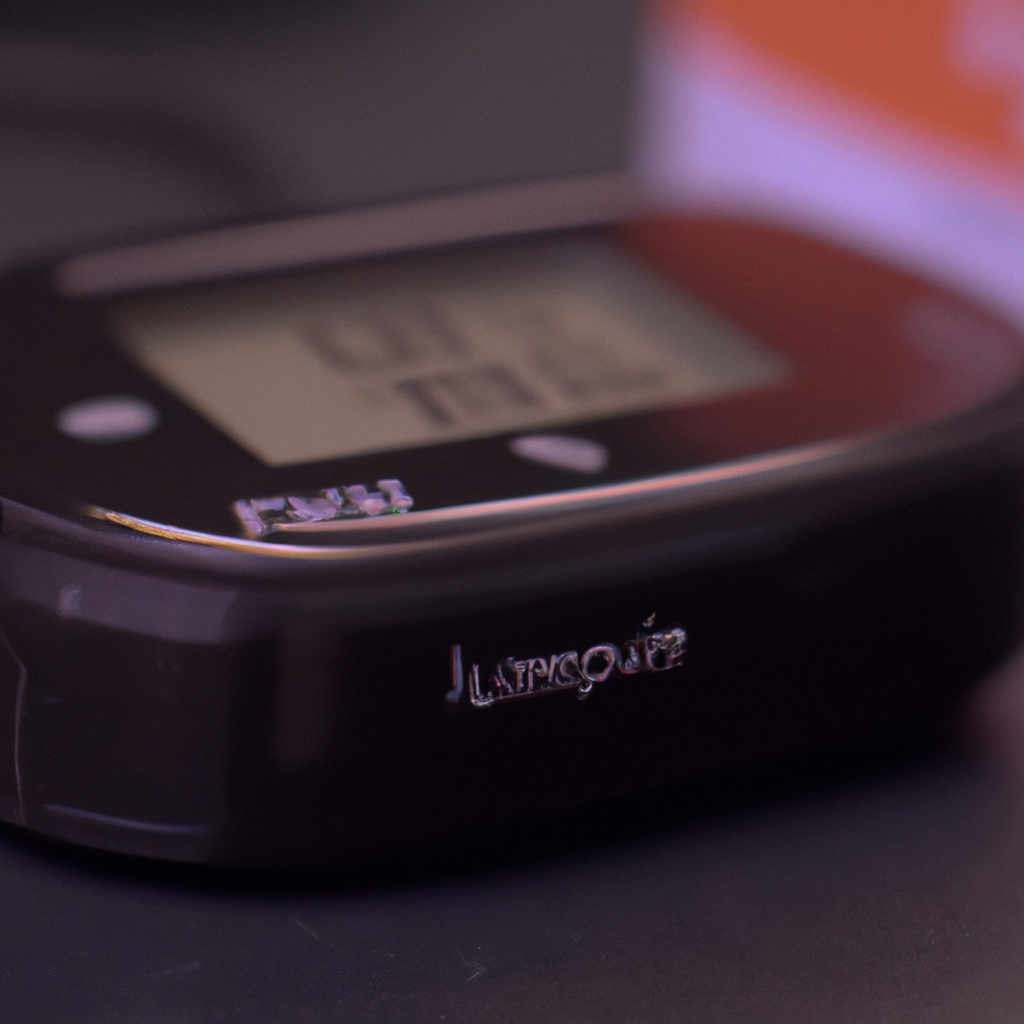Insulin pumps have become increasingly popular in the management of diabetes in recent years. Unlike traditional insulin injections, insulin pumps are a more advanced form of insulin delivery system that provides a more controlled and precise delivery of insulin to the body. Insulin pumps are small, computerized devices that are worn on the body and are designed to deliver a continuous flow of insulin throughout the day. In this article, we will take a closer look at how insulin pumps work, their benefits, and their role in diabetes management and treatment.
What is an insulin pump and how does it work?
An insulin pump is a small electronic device that is designed to mimic the natural insulin production of the pancreas. The device is worn on the body and is connected to a thin tube called a cannula, which is inserted under the skin. The cannula is typically placed in the abdomen, but it can also be placed in other areas of the body, such as the thigh, buttocks, or arm. The insulin pump contains a reservoir that holds insulin, which is delivered through the cannula into the body.
The insulin pump delivers insulin in two ways:
1. Basal rate: The basal rate is a continuous flow of insulin that is delivered throughout the day. The basal rate is programmed into the insulin pump and is based on the individual’s insulin requirements. The basal rate ensures that the body has a steady supply of insulin between meals and during sleep.
2. Bolus dose: The bolus dose is a larger dose of insulin that is delivered before meals or snacks. The bolus dose is calculated based on the individual’s insulin requirements and the amount of carbohydrates they plan to eat. The bolus dose ensures that the body has enough insulin to process the carbohydrates and prevent high blood sugar levels.
Benefits of insulin pump therapy
Insulin pump therapy offers several benefits over traditional insulin injections:
1. Improved blood sugar control: Insulin pumps provide a more precise delivery of insulin, which can help to improve blood sugar control and reduce the risk of complications associated with diabetes.
2. Flexibility: Insulin pumps are more flexible than traditional insulin injections, allowing individuals to adjust their insulin doses based on their daily activities and changing insulin requirements.
3. Convenience: Insulin pumps are more convenient than traditional insulin injections, as individuals do not need to carry around syringes or vials of insulin.
4. Continuous glucose monitoring: Some insulin pumps are equipped with continuous glucose monitoring (CGM) technology, which provides real-time glucose readings and alerts individuals to potential high or low blood sugar levels.
5. Improved quality of life: Insulin pump therapy can improve the quality of life for individuals with diabetes, as it provides more control over their insulin delivery and reduces the burden of diabetes management.
Insulin pump therapy and diabetes management
Insulin pump therapy is an important tool in the management of diabetes. The insulin pump provides a more precise delivery of insulin, which can help to improve blood sugar control and reduce the risk of complications associated with diabetes. The insulin pump also allows individuals to adjust their insulin doses based on their daily activities and changing insulin requirements, providing more flexibility in diabetes management.
Continuous glucose monitoring (CGM) is another important tool in diabetes management, and some insulin pumps are equipped with CGM technology. CGM provides real-time glucose readings and alerts individuals to potential high or low blood sugar levels, allowing them to take corrective action before their blood sugar levels become too high or too low.
Conclusion
Insulin pump therapy is an important tool in the management of diabetes. Insulin pumps provide a more precise delivery of insulin, which can help to improve blood sugar control and reduce the risk of complications associated with diabetes. Insulin pumps also provide more flexibility in diabetes management, allowing individuals to adjust their insulin doses based on their daily activities and changing insulin requirements. Continuous glucose monitoring (CGM) is another important tool in diabetes management, and some insulin pumps are equipped with CGM technology. CGM provides real-time glucose readings and alerts individuals to potential high or low blood sugar levels, allowing them to take corrective action before their blood sugar levels become too high or too low. With the help of insulin pump therapy and CGM, individuals with diabetes can achieve better blood sugar control and improve their overall quality of life.







